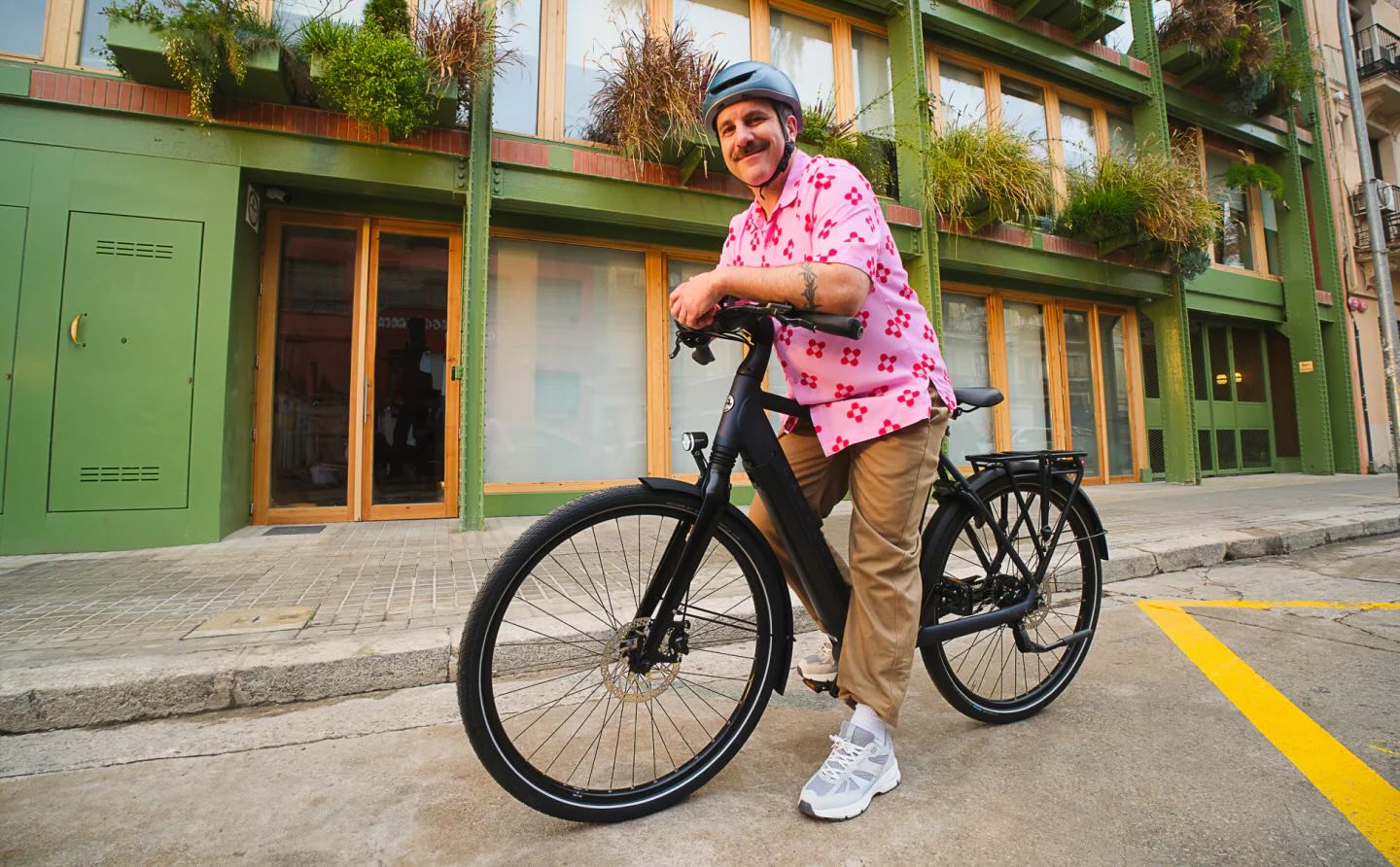Scientists at Oxford Brookes University in England have developed a refreshingly simple way to tackle one of the world's toughest clean water problems. Their tool of choice? Bubbles.
As the BBC reported, the device, called a hydrodynamic reactor, uses just water pressure to help eliminate some of the most resilient pollutants in water supplies.
Per- and polyfluoroalkyl substances, or PFAS, are human-made chemicals found in everything from nonstick pans to fast-food wrappers, and they've been tied to health issues like hormone disruption and even cancer.
Since they barely break down over time, they're often given the nickname "forever chemicals."
What makes this innovation so special is that it runs without added chemicals or electricity. Instead, it harnesses the power of cavitation, a natural process that forms microscopic bubbles through changes in water pressure.
When those bubbles collapse, they release bursts of heat and pressure that help destroy the PFAS molecules.
TCD Picks » Upway Spotlight
💡Upway makes it easy to find discounts of up to 60% on premium e-bike brands
In early testing, the system reduced PFAS levels by 36%, all without any external energy input.
The reactor was developed by a team of researchers who wanted to reimagine how water gets treated, not just for industrial plants, but also for people.
Since the device works with pressure already present in standard wastewater systems, it can be integrated into existing infrastructure with minimal upgrades.
"The beauty of this reactor is that it doesn't really need electricity to operate," one researcher told the BBC. "So potentially it can be used for poor countries where there are communities without electricity."
TCD Picks » Stasher Spotlight
💡Stasher's reusable food storage options make it easy and affordable to live life with less plastic
|
How often do you worry about the quality of your drinking water? Click your choice to see results and speak your mind. |
The hydrodynamic reactor offers a low-cost, low-energy path to safer drinking water, potentially saving lives, lowering treatment costs for cities, and making clean water more accessible to families around the world.
This kind of tech makes everyday life easier. It can help households and municipalities cut down on chemical use, save on energy costs, and rely less on expensive imported solutions, all while reducing harmful pollutants in local water systems.
It's a strong step toward reducing excessive water pollution and preserving natural resources through smarter wastewater treatment.
The bubble-powered breakthrough is part of a wider shift toward sustainable water technology. Solar-powered filtration and zero-waste water systems are already helping families live greener lives.
Meanwhile, groups like Source and Genesis Systems are delivering off-grid solutions that bring clean water straight to homes and schools.
In addition to these impressive and resourceful technologies, using less plastic and replacing non-stick cookware can help in avoiding these harmful chemicals.
But if Oxford's reactor scales up as planned in the next two years, it could quickly become a go-to solution for cleaner, smarter water treatment worldwide.
Join our free newsletter for weekly updates on the latest innovations improving our lives and shaping our future, and don't miss this cool list of easy ways to help yourself while helping the planet.

















